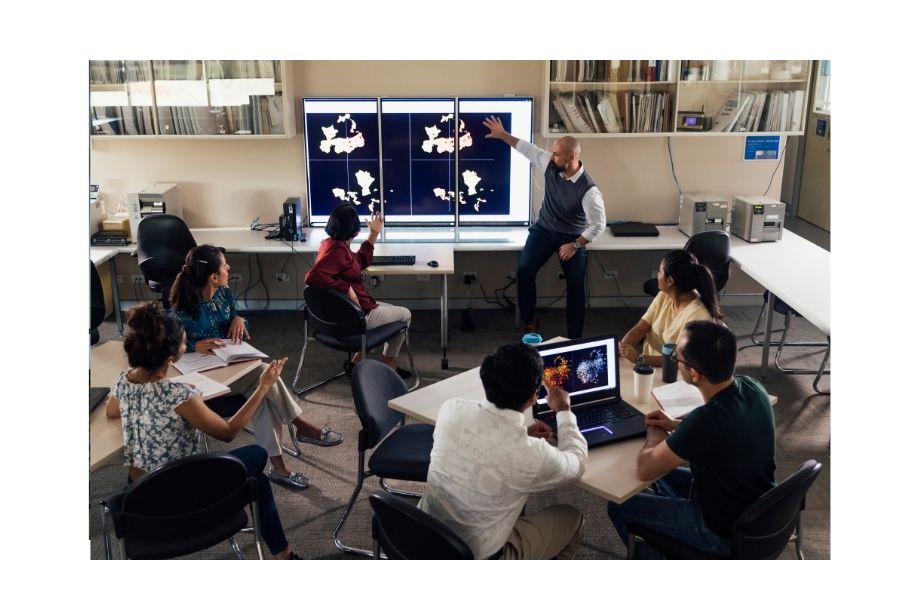
Eight Reasons Students Need Technology in the Classroom
Technology continues to have a profound impact on today’s students, allowing students across the globe to compete on equal footing and to broaden their horizons like never before. With the help of technology, the ever-changing needs of modern learners are being met at new levels.
The COVID-19 pandemic has demonstrated just how far technology can stretch to meet the needs of remote learners. Below, learn eight reasons why students need technology in the classroom and how it can improve their education.
Improves Collaboration
Technology breaks down barriers between students. Two or more students no longer have to be physically located in the same county, state, or even country to work together on a project with the help of collaborative online tools like Google’s suite of tools or Microsoft Teams. Students can talk, review, and edit each other’s work with a few keystrokes.
Helps Students to Take Responsibility for Their Learning Outcomes
Technology allows students an individualized approach to their education. They can assess their own strengths and weaknesses with technological tools. They can also stay on pace to accomplish their learning objectives. Technology allows students to go through lessons and repeat challenging content. They can also complete assessments to gauge their understanding.

Promotes Digital Citizenship
Since today’s students will become tomorrow’s leaders, it is never too early to teach them how to engage responsibly online. Students can learn how to be responsible digital citizens who respectfully communicate, search, and engage with others in an online environment.
Improves Online Privacy
While students are learning core information, they are also learning about the potential security threats of being part of an interconnected world. For example, students may be taught about Zoom cyberattacks and how to use email lookup tools on potentially suspicious contacts to discover who owns the email address and ensure that they are only communicating with people that they should be communicating with.
Prepares Students for the Workforce
Today’s workforce requires workers to be able to have basic computer skills, including:
- Electronic calendars
- Teleconferencing software
- Webpage creation
- Electronic whiteboards
- Project management programs
- Software programs
Jobs that once relied upon paper and pencil or manual labor now involve a hybrid of skills, including basic computer literacy. By incorporating these technologies into the regular learning program, educational institutions can ensure that students are able to work effectively in an office environment.
Supports Different Types of Learners
No two people learn in exactly the same way. Some students learn more by seeing an example, while others do better with hands-on instruction. Adaptive technology allows students to be presented with information in different ways and adjust as the student’s needs dictate. Today’s teachers can receive real-time feedback to better teach their students and adapt their teaching styles to meet their students where they are at, resulting in a better learning experience.

Accesses Information More Easily
Technology lets students keep up with the fast pace of today’s information flow. Teachers can give students access to current news and world events so that they can discuss what is happening in the world right now. Additionally, search engines can track down important information to help students understand different perspectives regarding today’s issues.
Empowers Creativity
Yes, technology empowers creativity. The old learning model can be thrown out to make way for students’ individuality to shine. Students can make more decisions about what types of subjects they learn and which topics they explore. Additionally, they can use the resources available to them to learn about their future career prospects so that they have more ownership over their education
In Conclusion
Technology can help bring people together, provide resources to underserved communities, and foster curiosity. However, students must be given the necessary tools and resources to ensure that they can take advantage of the opportunities technology provides, as well as tips to help them stay safe online.
Author, Emily Andrews
